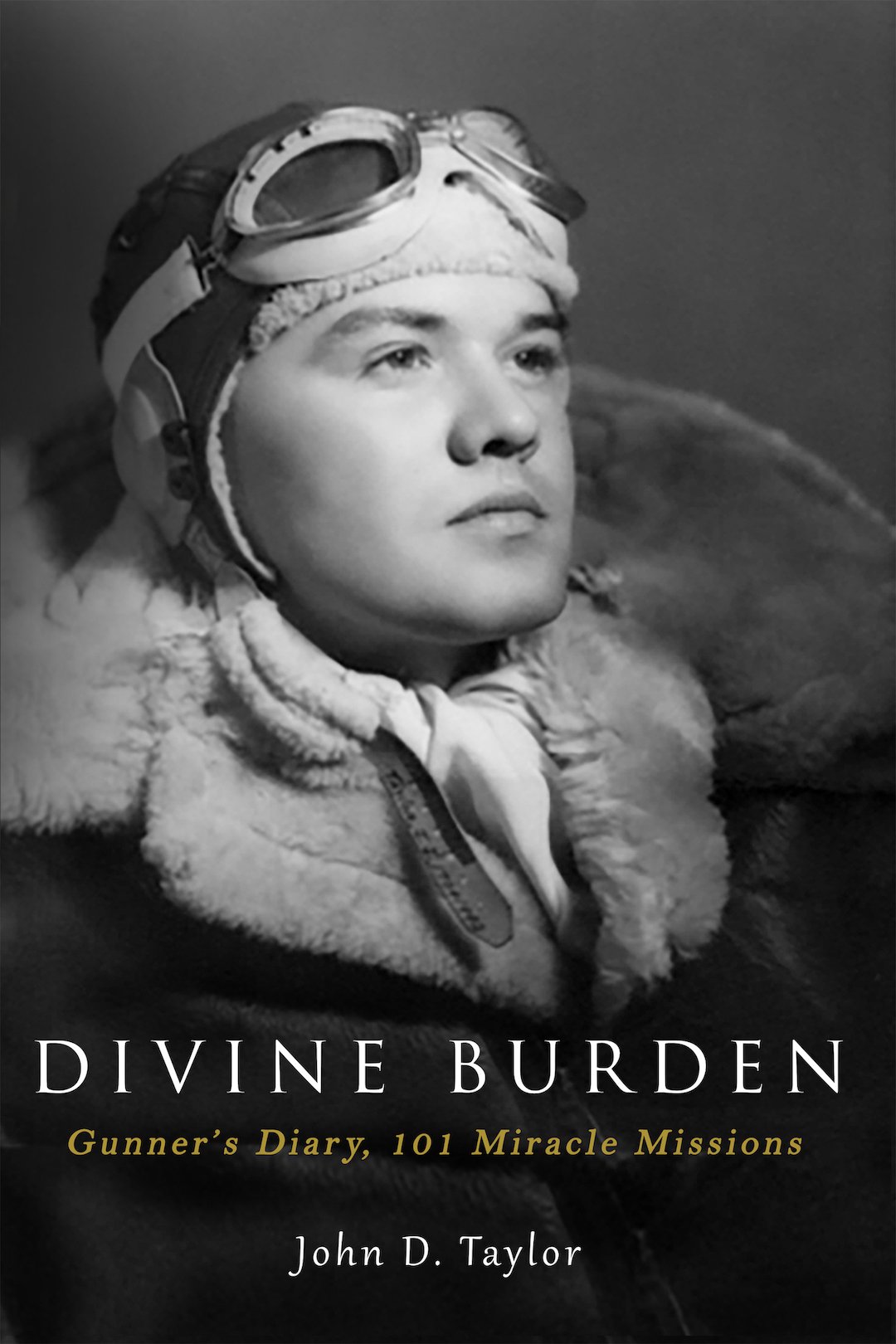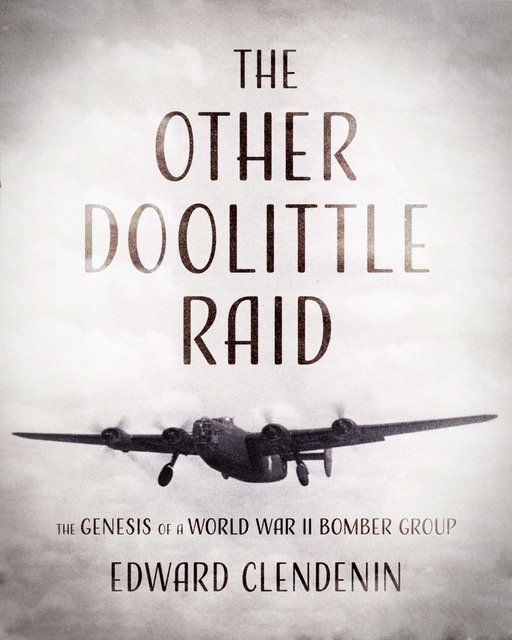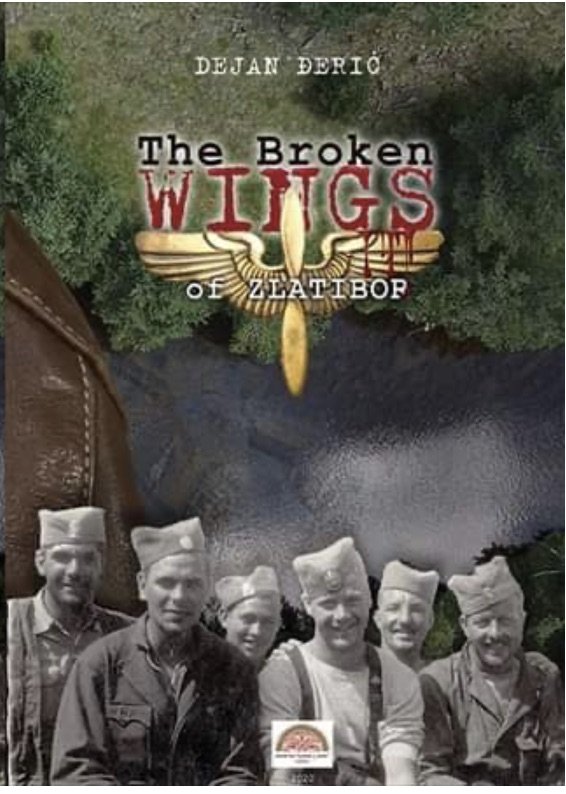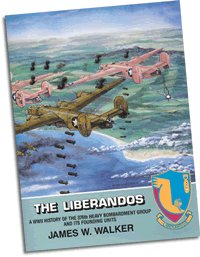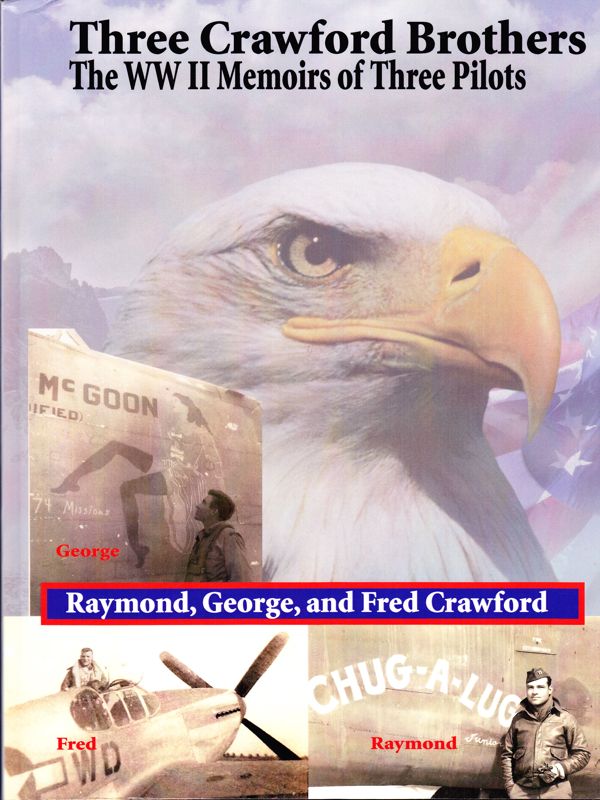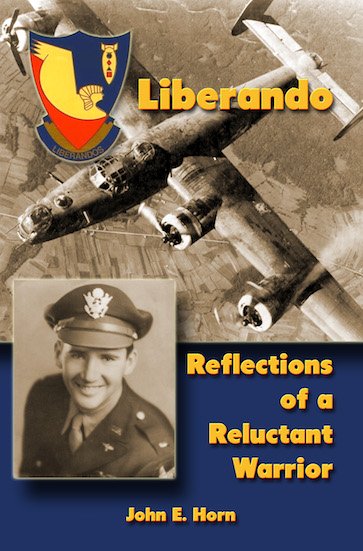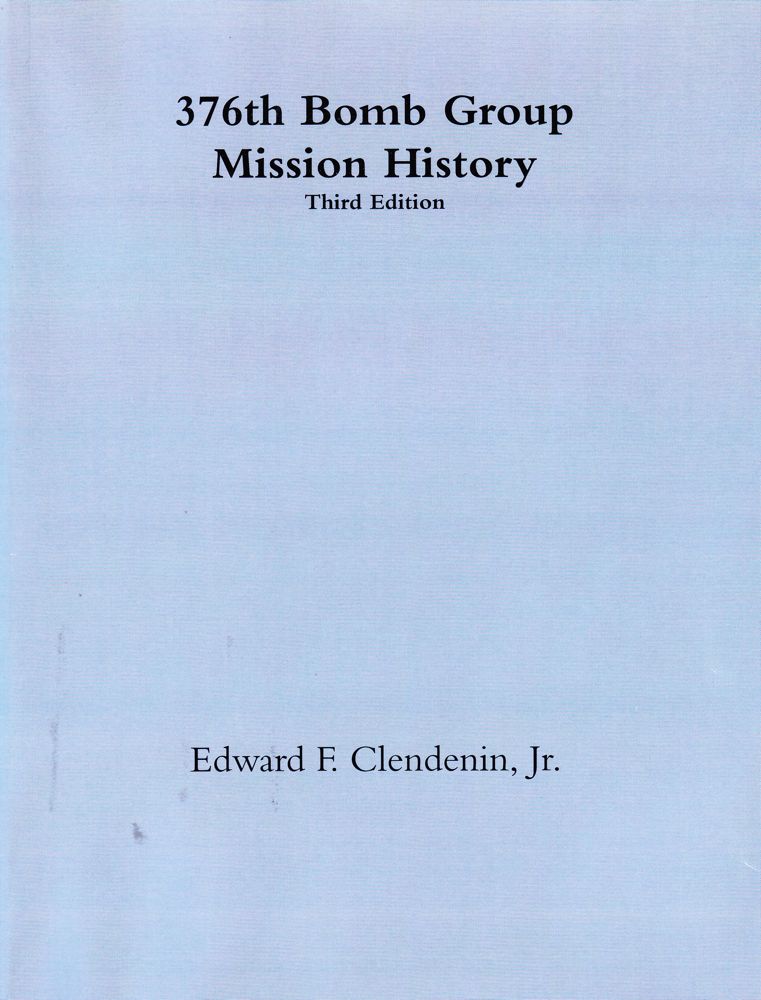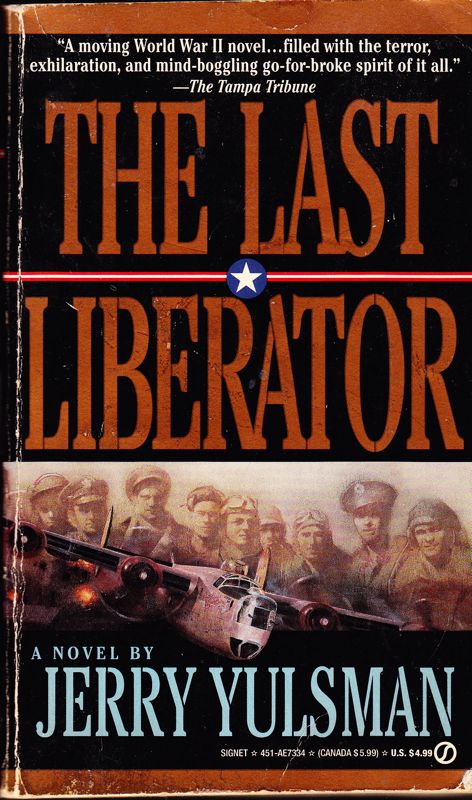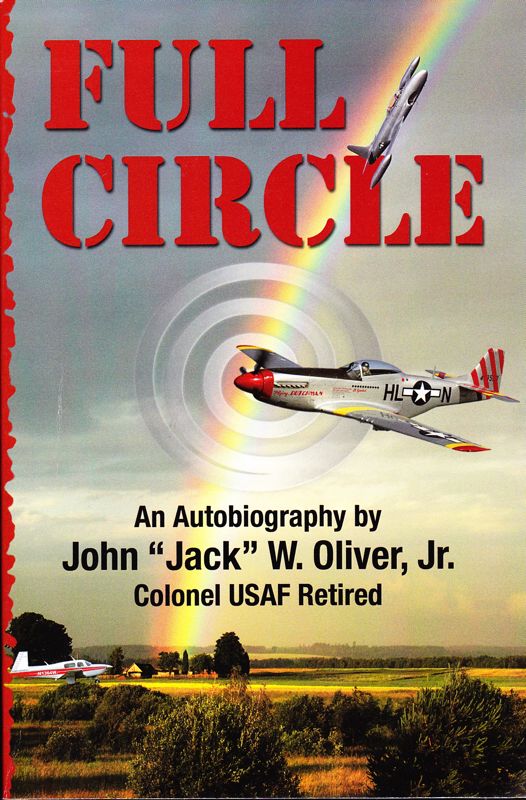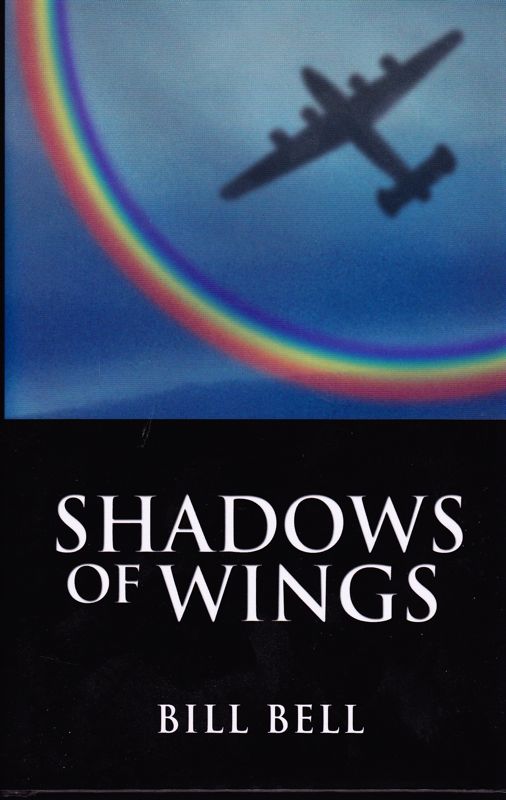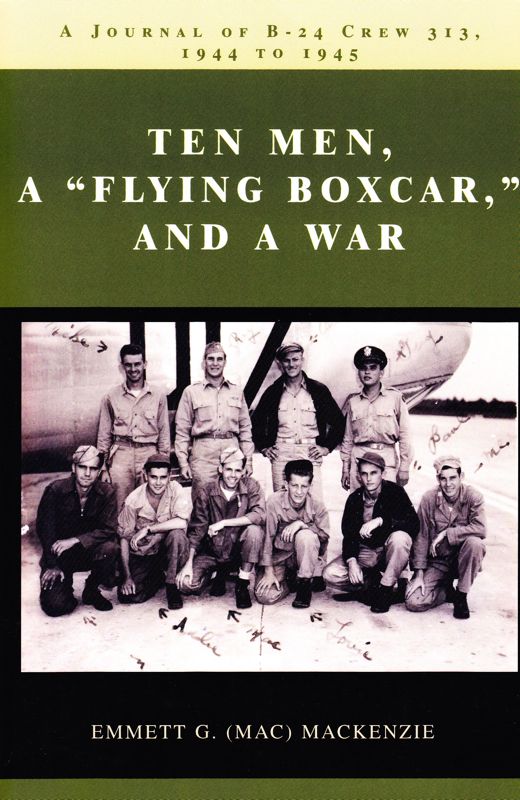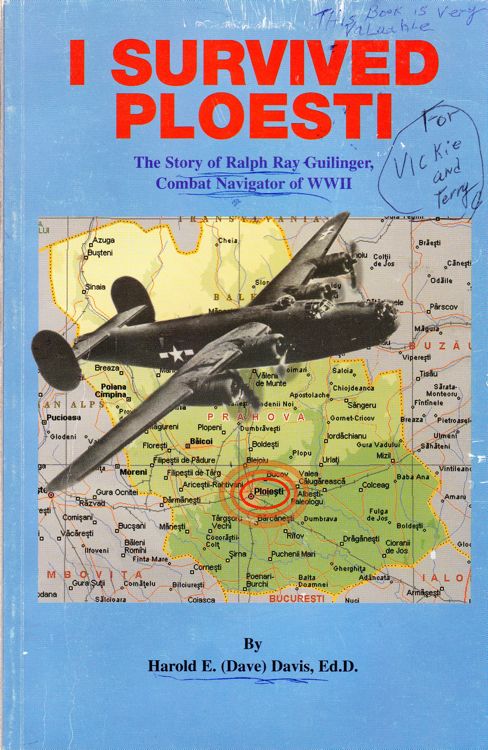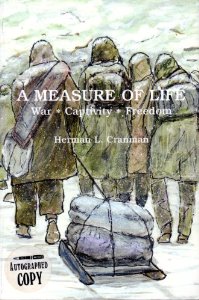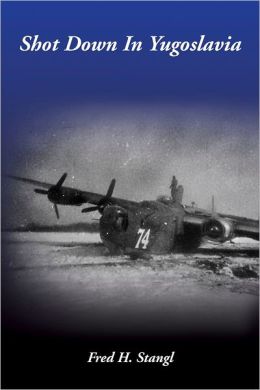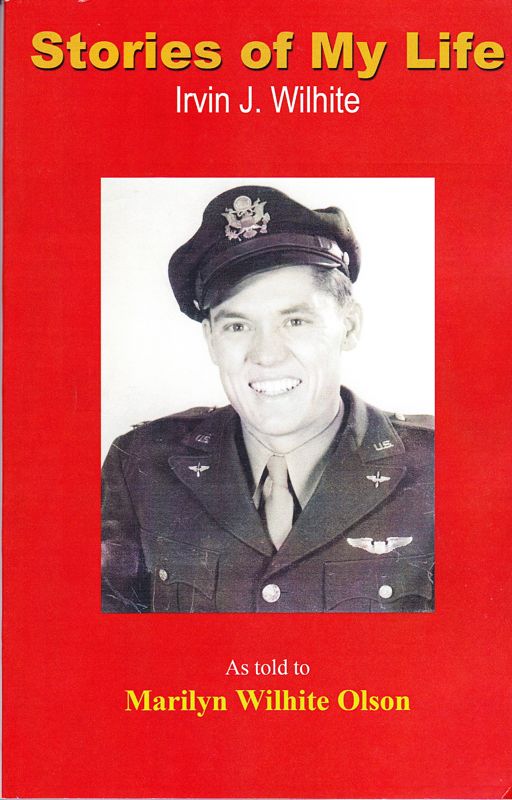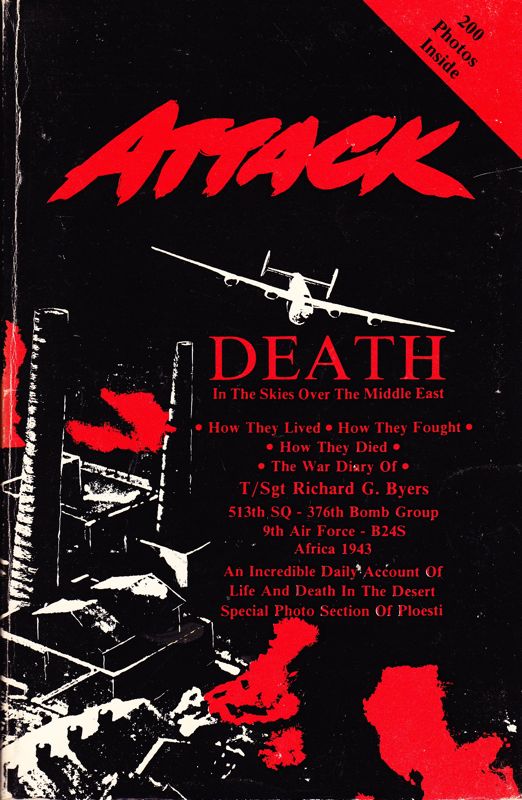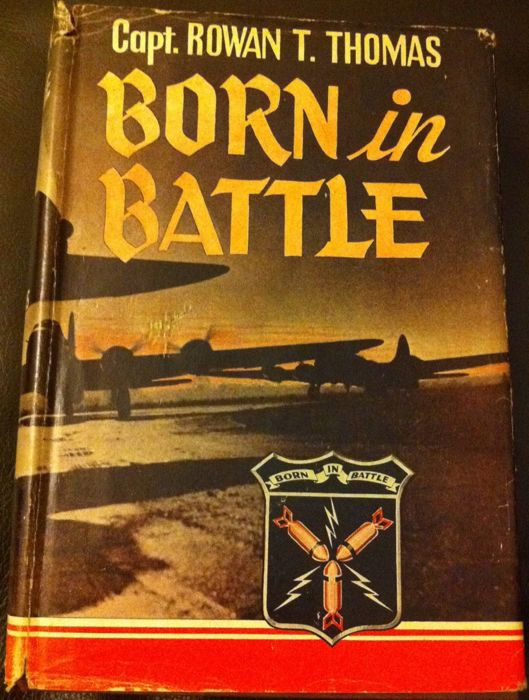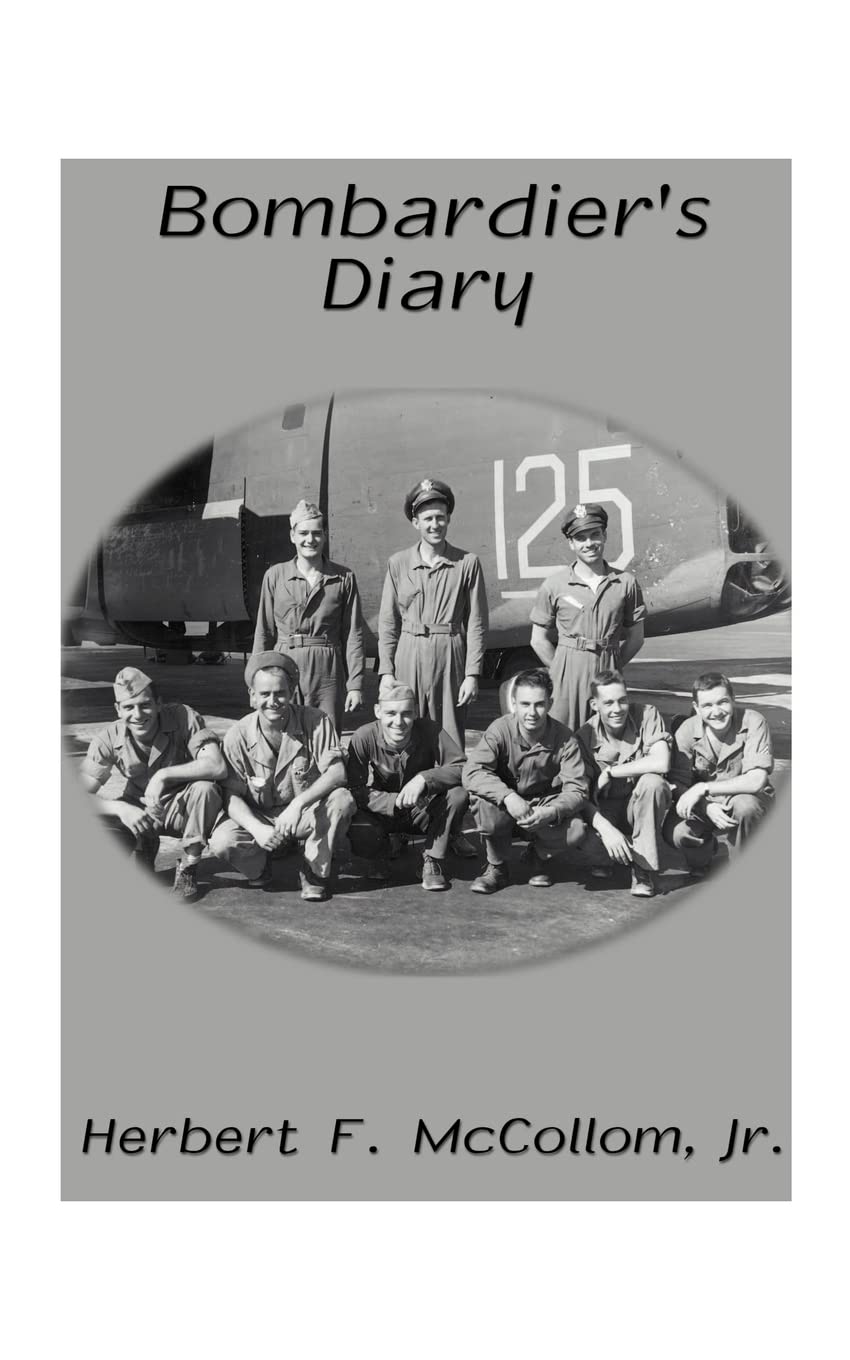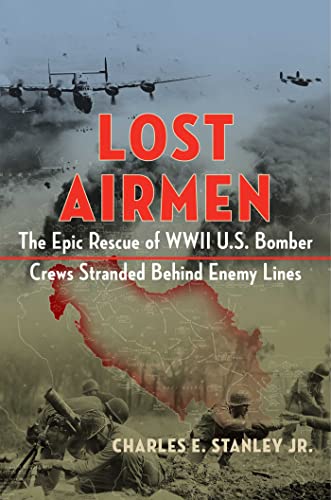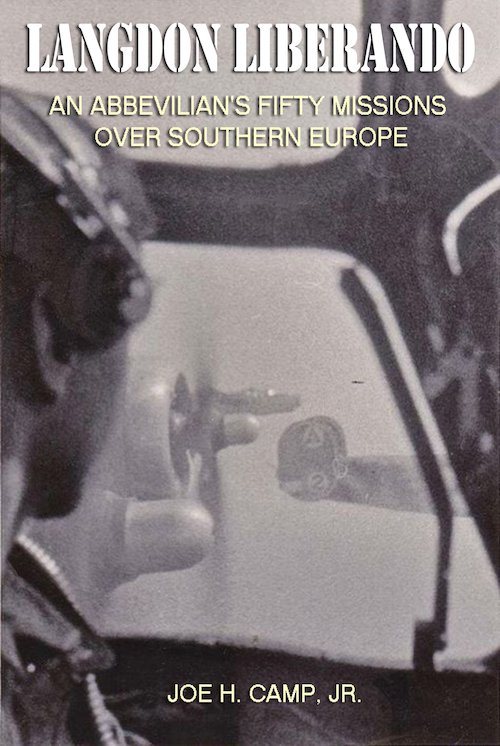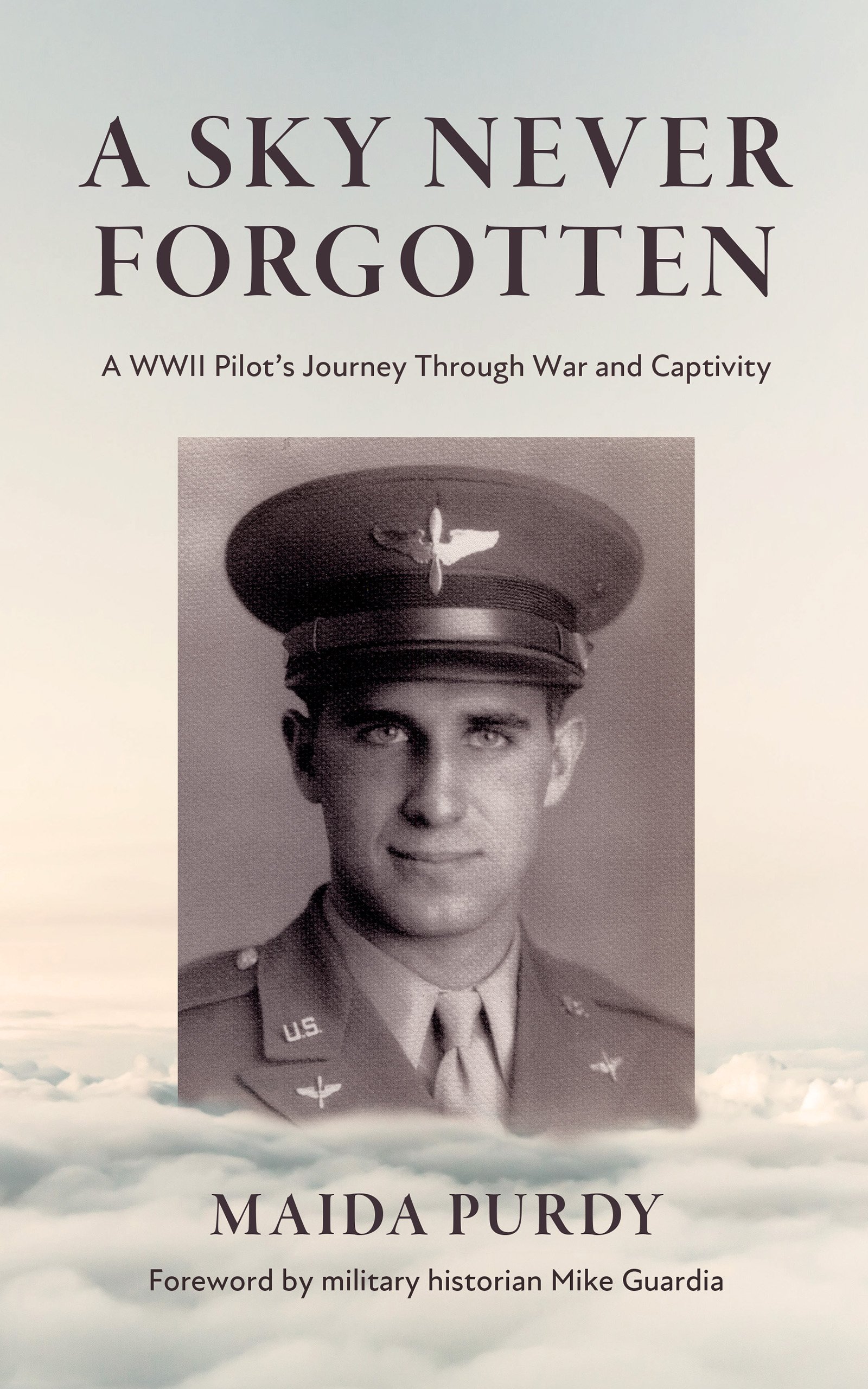Wilbur W. Mayhew
March 1942
On 5 March 1942 at 9:00 AM. (0900) we dropped anchor in the harbor of Colombo. We were not allowed on shore, due to an epidemic there at the time, but native traders were in small boats all around our ships continually, so the time passed quickly. These natives were selling everything from bananas to ebony elephants. Colombo has always been one of the stops on the round-the-world cruises, so most of the traders could speak some English. Little naked boys would paddle out to dive for pennies or anything else one would throw overboard to them. From what we could see of the town, it appeared rather clean, but naturally the waterfront area was rather dirty. There were no docks at Colombo, so we had to be refueled from clumsy barges while we were riding at anchor. About sundown (7:00 P.M--1900) of our second day in Colombo (7 March 1942) we put to sea again, headed for Bombay, India. However, an epidemic was raging there also, so we proceeded to Karachi, India.
We arrived there at 2:00 P.M. ( 1400) on 12 March 1942. We had been aboard a ship for 36 days on this voyage. In all, we had spent 68 days aboard ships, and traveled 18,045 miles from San Francisco (much of that in a zig-zag fashion ).We left the ship for the last time here, and began to set up a permanent camp at the Karachi Airport (seven miles east of Karachi). The trip from Brisbane covered seven weeks and 7,764 miles. While we were setting up the tents for the camp, the troops were divided between New Malir (seven miles east of the airport) and the giant dirigible hangar at the airport. This hangar had been built in 1930 to house the British dirigible R 101. However, the R 101 crashed and the hangar was never used. Those troops that stayed in the dirigible hanger slept on cots under mosquito netting. Some troops put clothes over the netting to keep pigeon droppings from coming through the netting. The 88th Reconnaissance Squadron personnel were located at New Malir in new barracks.
B-I7Es ( Flying Fortresses) began arriving from the States, so once again we took on the appearance of a fighting outfit. We were the beginning ofthe 10th Air Force. Some of these planes were in ''Project Aquila", which was the code name for a planned attack on Tokyo from China by B-l7Es. Colonel Caleb Haynes was to lead the attack. He left the United States early to make arrangements for the mission. He was followed on 30 March 1942 by six B-l7Es leaving Florida for India. These planes were flown by Lt. Col. Robert Tate, Lt. Col. Robert Scott, Lt. Col. Jerry Mason, Lt. Col. Torgas Wold, Major Max Fennell, and Major Donald Struther. It was determined after they reached India that B- 17s did not have the range to do the job from the available bases in China. The other early B-17 arrivals ( Projects X [ 10 planes] and 157 [7 planes] ) were planes headed for Java that were stopped in India because the route was broken when Pelambang, Sumatra fell to the Japanese. These planes were the latest model of B-17 (B-17E). They were equipped with tail guns and most had lower ball turrets (some were equipped with remote controlled lower turrets ). All guns on board were .50 caliber machine guns except the .30 caliber guns in the bombardier's compartment. As we had never seen that type of B-17 before leaving the States ( we had flown in B-17C and B-17D planes before going overseas), those of us that volunteered to go on a combat crew naturally had to receive instructions on the devices that had been added to the ship. For example, I read the technical orders to learn how to get into the ball turret. Once I was in, our tail gunner read the technical orders over the planes's intercom to tell me what to do to operate the turret. That is how I learned to be a ball turret gunner. It was all on the job training. A ball turret was about four feet in diameter, with a window between the feet that was 15 inches in diameter and two inches thick. A. 50 caliber machine gun was mounted on each side of the turret about a foot from the gunner's head.
Relatively few of our personnel ever experienced combat. In all types of air groups only three in ten people ever were exposed to combat conditions.
The website 376bg.org is NOT our site nor is it our endowment fund.
At the 2017 reunion, the board approved the donation of our archives to the Briscoe Center for American History, located on the University of Texas - Austin campus.
Also, the board approved a $5,000 donation to add to Ed Clendenin's $20,000 donation in the memory of his father. Together, these funds begin an endowment for the preservation of the 376 archives.
Donate directly to the 376 Endowment
To read about other endowment donation options, click here.
Reunion
NOTE change in the schedule !!
DATES: Sep 25-28, 2025
CITY:Rapid City, SD
HOTEL: Best Western Ramkota Conference Hotel; 2111 North LaCrosse St., Rapid City, SD 57702; 605-343-8500
Click here to read about the reunion details.
